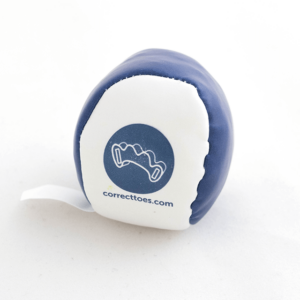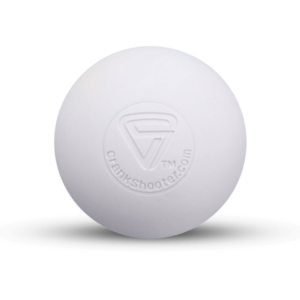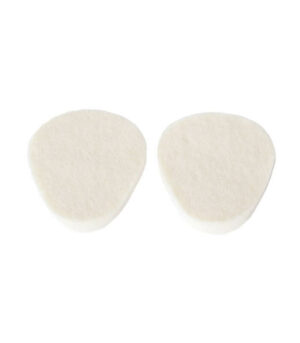Hallux Limitus and Hallux Rigidus
Foot Conditions and Problems
Hallux Limitus and Hallux Rigidus
Decreased range of motion ROM of the big toe (Hallux) joint, or 1st metatarsophalangeal (MTP) joint, due to joint degeneration. Normal ROM at the 1st MTP joint typically ranges between 50-90 degrees dorsiflexion, where the toe is lifted up. Hallux Limitus is a limitation of the Hallux, and the loss of ability to dorsiflex within this normative ROM. Hallux Rigidus is the end stage of joint degeneration where the Hallux begins to fuse to the 1st metatarsal, resulting in under 5-10 degrees ROM, or no motion.
Cause
Hallux Limitus and Rigidus are often result from trauma or damage to the 1st MTP earlier in life. Additional causes of Hallux Limitus and Rigidus include:
- Narrow footwear toe boxes that hold the Hallux on an unnatural abducted angle
- Faulty foot biomechanics
- Rheumatoid arthritis, gout, or other inflammatory diseases
Signs and Symptoms
Many of the following signs and symptoms are associated with Hallux Limitus and Rigidus:
- Pain and stiffness when moving your big toe
- Pain and stiffness brought on by cold, damp weather
- Swelling and inflammation in or near your 1st MTP joint
- Limping
- Pain in your other lower extremity joints as well as your low back
Recovery
Conservative treatments can help to reduce symptoms and maintain or increase the range of motion available at the 1st MTP. Treatments include;
- Aligning the big toe with a toe-spacer like Correct Toes
- Naturally shaped footwear to help the big toe function and move within anatomic alignment relative to the 1st
- Daily stretches, such as the toe extensor stretch and bunion stretch.
- Topical pain relievers: Natural pain relievers may help reduce swelling, pain, and inflammation.
Avoiding any stretch or motion that lifts the toes into dorsiflexion. (ex. lunges, squats, and certain yoga positions)















